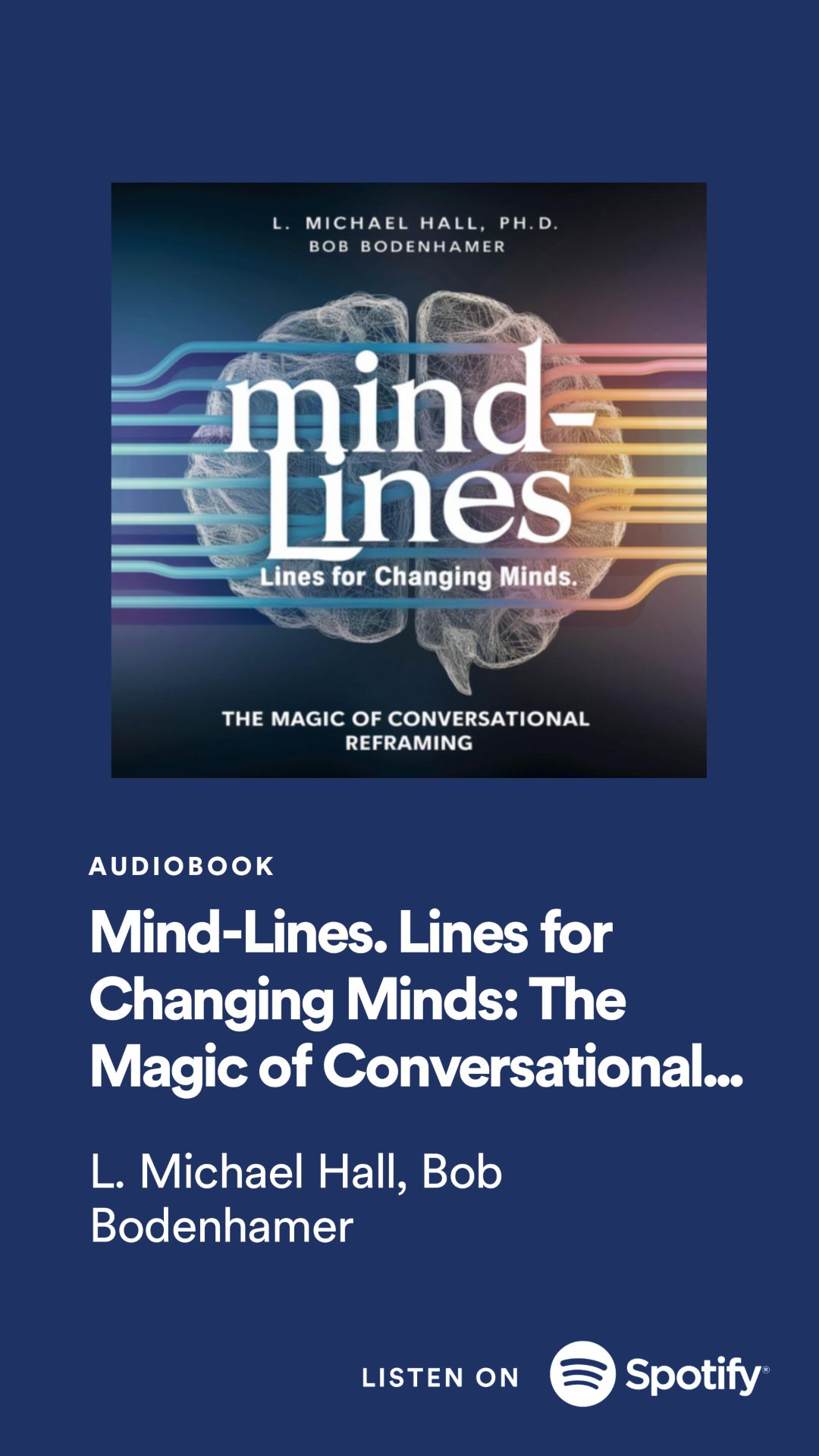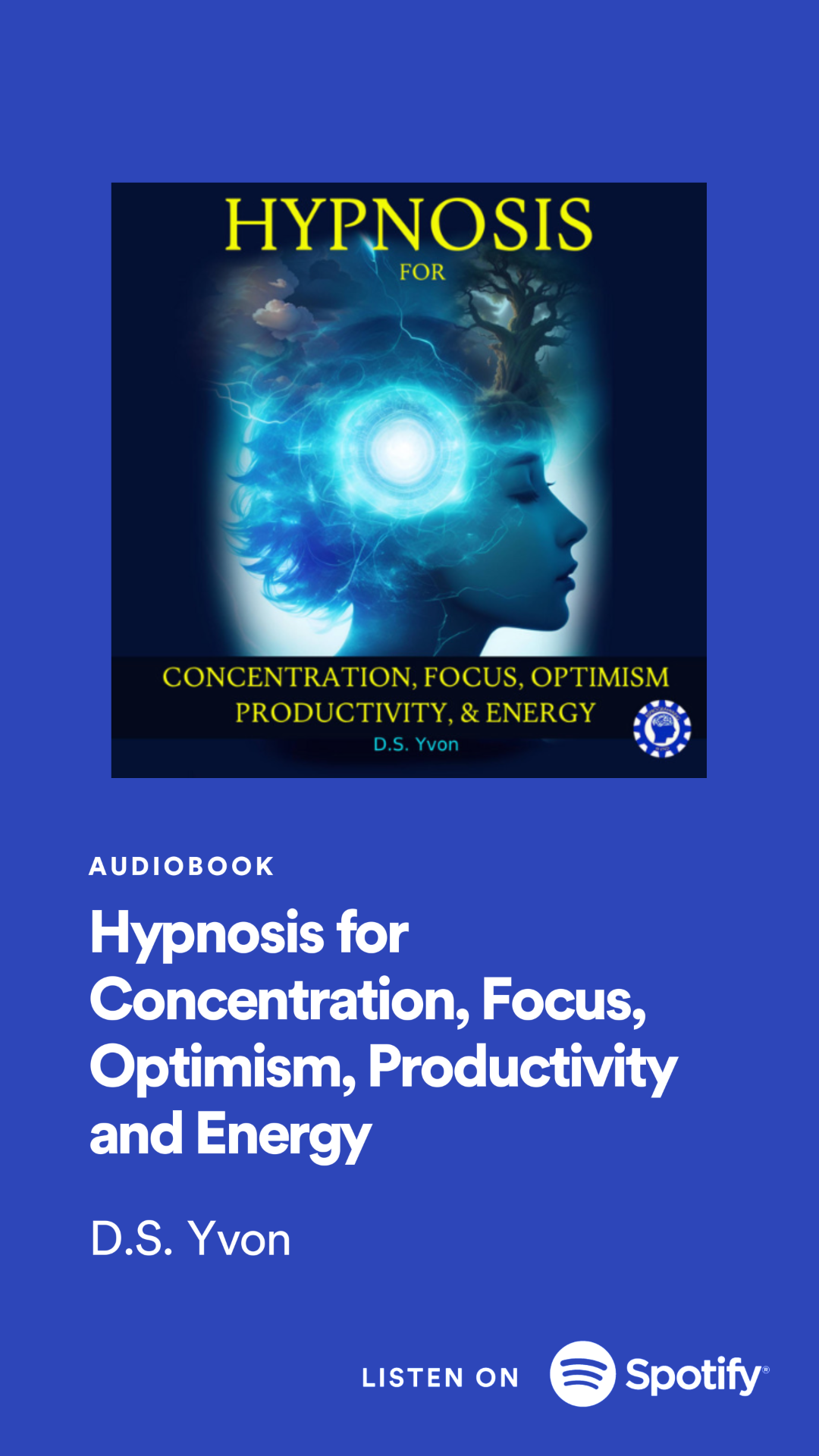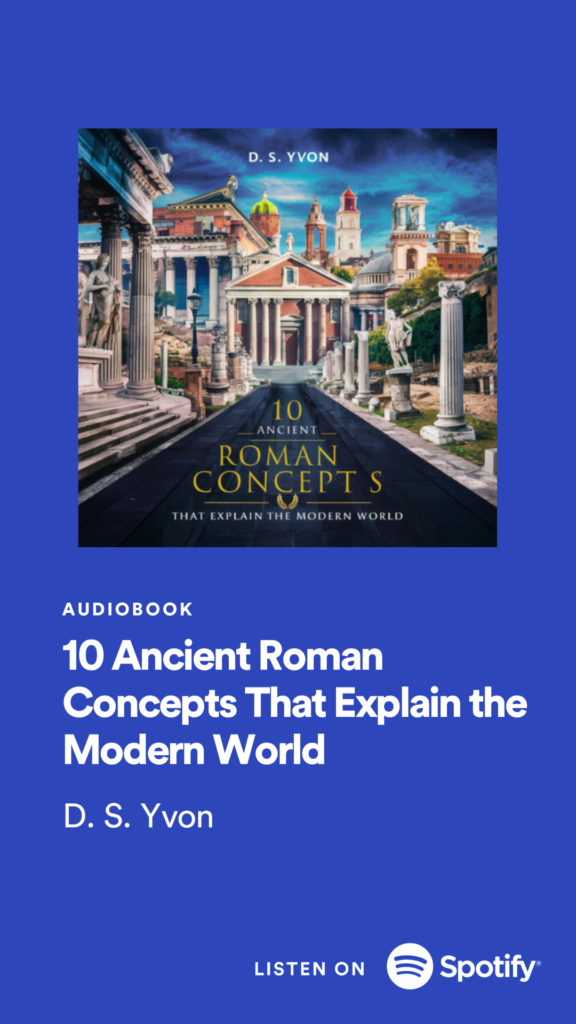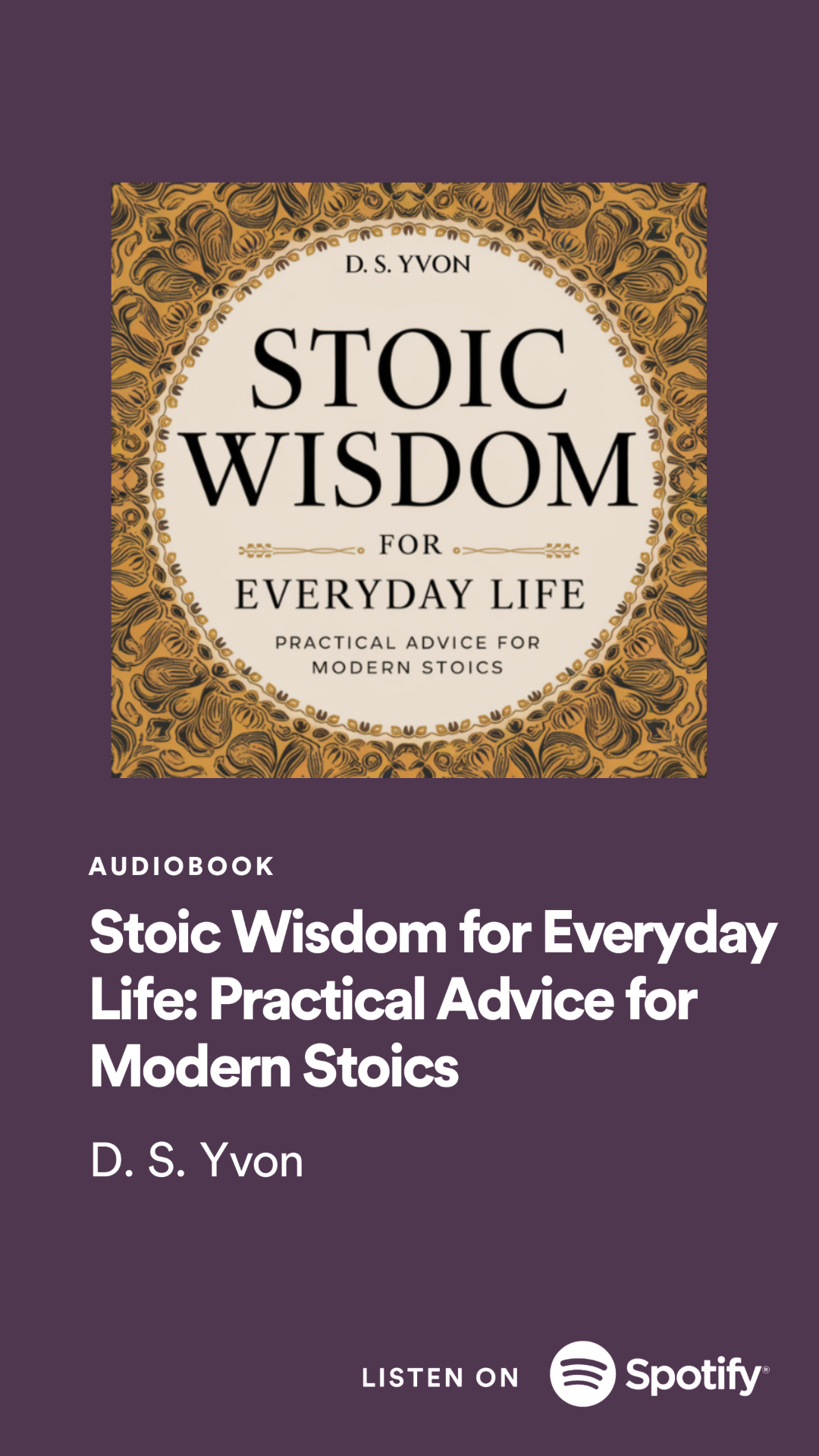Comprehensive review of, "Reconsolidation Behavioral Updating of Human Emotional Memory," by Bruce Ecker, examines 20 successful and 14 unsuccessful studies on behavioural updating of emotional memories. This post focuses on identifying causes of replication failures and optimal clinical translation.
- Memory Reconsolidation (MR):
- MR allows behavioural updating, leading to memory modification (bidirectional change, content revision, or annulment).
- Full annulment, the complete and permanent elimination of an emotional response, is the most therapeutically potent outcome.
- Standard extinction procedures only temporarily suppress responses, unlike MR.
- MR is distinct from extinction at behavioural, neural, and molecular levels.
- Two types of MR procedures exist: endogenous (behavioral disruption) and exogenous (pharmacological disruption).
- The review focuses on the endogenous behavioural process due to its clinical advantages (preferred over pharmacological methods, affects both implicit and declarative memory systems, acts on the memory engram, wider clinical applicability, accessible to all clinicians).
- Annulment eliminates the emotional response but not the episodic memory of the event. The term "annulment" is used to avoid implications about the engram's ultimate state.
- Study Selection and Methodology:
- The review examines human studies up to September 2021.
- Table 1 lists 20 successful annulment studies (detailed in Appendix A).
- Table 2 lists 14 unsuccessful replication studies (detailed in Appendix B).
- Selection criteria for Table 1: unambiguous full annulment, lasting at least one day post-manipulation, tested by spontaneous recovery and/or reinstatement. Studies with complex stimuli, inadequate statistics, or ambiguous results were excluded.
- The review uses a phenomenological, qualitative approach, analyzing both procedures and subjective experiences. It's not a formal systematic review, focusing on qualitative analysis rather than statistical analysis.
- The search strategy involved combing review articles and using PsycINFO database searches with specific keywords.
- Framework for Examining Studies:
- Determining MR induction: In human studies, behavioural evidence (stable, enduring change, full annulment) is used as strong circumstantial evidence of MR. The lasting disappearance of memory markers is the most reliable indicator.
- Analyzing procedures and experiences: The review uses a dual lens of externally observable procedures and internally experienced subjective processes to gain deeper insights. This approach moves beyond simply replicating procedures in clinical settings.
- Prediction Error (PE):
- PE is crucial for MR; memory destabilization only occurs with a mismatch between reactivation conditions and expectations.
- Over 30 studies confirm the PE requirement across various memory types and procedures.
- Recent studies specifically tested the PE requirement in human behavioural updating, confirming its necessity.
- PE can be created even through internal mental imagery.
- PE is considered a boundary condition for MR.
- Review Findings and Conclusions:
- A unified explanation: All studies (successes and failures) are explained by the presence or absence of PE.
- Invariant experiences: All successful annulment studies produced the same set of three subjective experiences, despite varying procedures.
- Clinical translation: Clinical translation should focus on replicating these experiences, not specific procedures.
- Scientific fidelity check: The findings are used to evaluate existing frameworks for the therapeutic application of MR, revealing significant discrepancies from scientific fidelity. The article highlights how the experiential process replication approach, rather than concrete procedure replication, facilitates clinical translation.
- Clinical Translation and Case Example:
- Clinical translation should focus on replicating the subjective experiences from successful lab studies, not the specific procedures.
- A clinical case example illustrates the effectiveness of this experiential approach in achieving profound therapeutic change.
- Limitations: The review's phenomenological approach prioritizes qualitative analysis over statistical analysis.























